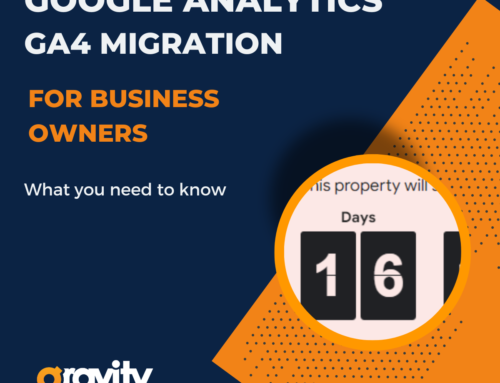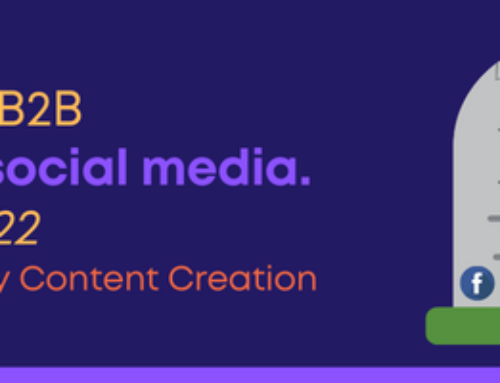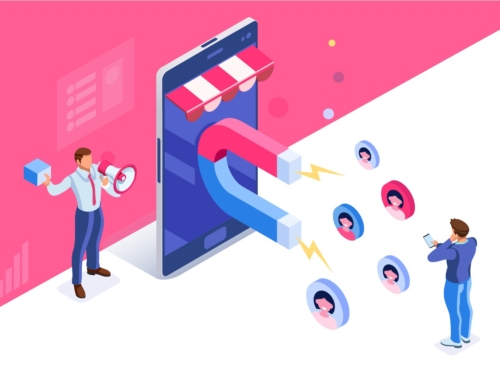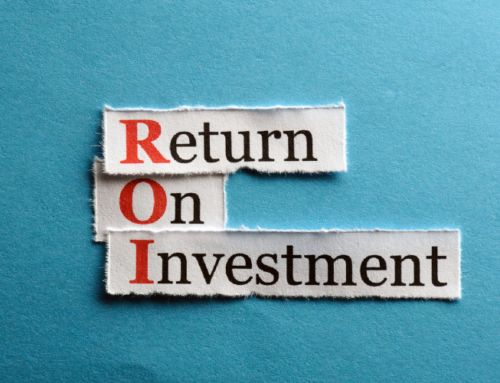When the live event industry shut down in 2020 due to the COVID pandemic, some organizations immediately took their gatherings online. Others decided to wait. Now we are living in a hybrid world where there are differing expectations and no norms. And while the individual flexibility is nice, it can make marketing an event more difficult.
Already this year, Gravity clients have faced a few dilemmas – trade shows cannot promise how many attendees there will be. Organizations are less willing to let you rent their registrant lists. Is there a different message for a live attendee vs a virtual attendee? Following are some new tactics to consider along with the tried-and-true event promotion tactics you should never overlook.
Decide on a Clear Objective and Target Audience
Whether your objective is to build a client base or effectively monetize one you already have, your outreach needs to have a customer-centric focus in order for it to be effective.
Event attendees always have a “What’s in it for me?” (WIIFM) mindset, and rightfully so — at the very least, they are investing their time with expectations of a return on that investment. Before you do any further strategizing, it is essential that you clearly articulate just what that return on investment will be, and then develop a unique selling proposition (USP). This USP should be front and center in all of your promotional efforts.
In order to do this effectively, have well-crafted client or customer personas ready, or take the time to develop them. This article from HubSpot, a leading authority in Inbound Marketing, offers some pointers on how to properly create customer personas.
Start with Your Existing Contacts
Even if these contacts are not on your mailing list yet, or following your social media pages, it is worth taking the time to reach out to them. Satisfied existing customers can evolve into outstanding brand ambassadors, equipping you with a source of referrals for your future endeavors. Plus, they are already engaged in a valuable relationship with your organization, so be excited about attending your event.
Leverage any Platforms You are Currently on
If you already have a company blog, start reaching out to your subscribers via posts to whet their appetite for your event. Remember that USP mentioned above? This is where it will come in handy. Be sure to clearly articulate the benefits your subscribers will receive by attending your event.
The same goes for your company Facebook and LinkedIn pages. You can create a post that goes heavy on the customer-centric benefits your event will offer and then set it as a pinned post so that it will remain at the top of your feed whenever someone visits the page. Spread awareness by creating a Facebook Event, a LinkedIn Article, and by using hashtags and company mentions to increase reach and impressions.
Try different ways to promote your event on each channel to determine which is most effective – Live Q&A? Contests? Progress photos and videos of event planning and setup? The more creative and varied you get with the content, the more you can post without fatiguing the audience.
Create a Landing Page
Do not just direct potential attendees to a general page on your website. Create a dedicated landing page for your event. If there’s an admission cost, Zoho Forms or JotForm can be embedded on the page, or consider a third-party platform like Eventbrite to accept payment and manage registrations.
A dedicated landing page is important because all traffic you drive from social media, emails, and advertising can be directed to a singular page with a carefully crafted value proposition and call to action. It also gives visitors an opening to explore the rest of your website and learn more about your company.
Paid Advertising
Whether it is Facebook, LinkedIn, Google, or a media partner, paid ads allow you to direct your ad only to the target audience most likely to be interested in it. Each pay-per-click platform has an abundance of tools, education, case studies, and even dedicated account representatives to make sure any questions are answered.
Trade media partners, on the other hand can help get the word out to a broader base of your target audience by positioning your ad, sponsored content, or eBlast in front of their trusted and engaged audience.
LinkedIn, Facebook, Google, and some media partners have snippets of code you can add to your website to see which traffic came from their ads. This data can also be used to remarket to those audiences as well as people with similar interests.
Consistent Communication with Registrants
It is a great idea to stay in contact with your registered attendees to keep your event front of mind, reinforce its value and generate additional excitement. You can also email those who have not yet confirmed and include a call-to-action (CTA) with a link that takes them to a registration page. Do not forget to continue to reach out after the event to keep the relationship growing.
Are you participating in an event instead of putting one on? Great news! Use these same tactics to spread awareness – promoting your participation helps increase event registration, gives your organization credibility, and is a fast track to lead generation.
We hope you make some new and valuable connections this year!
